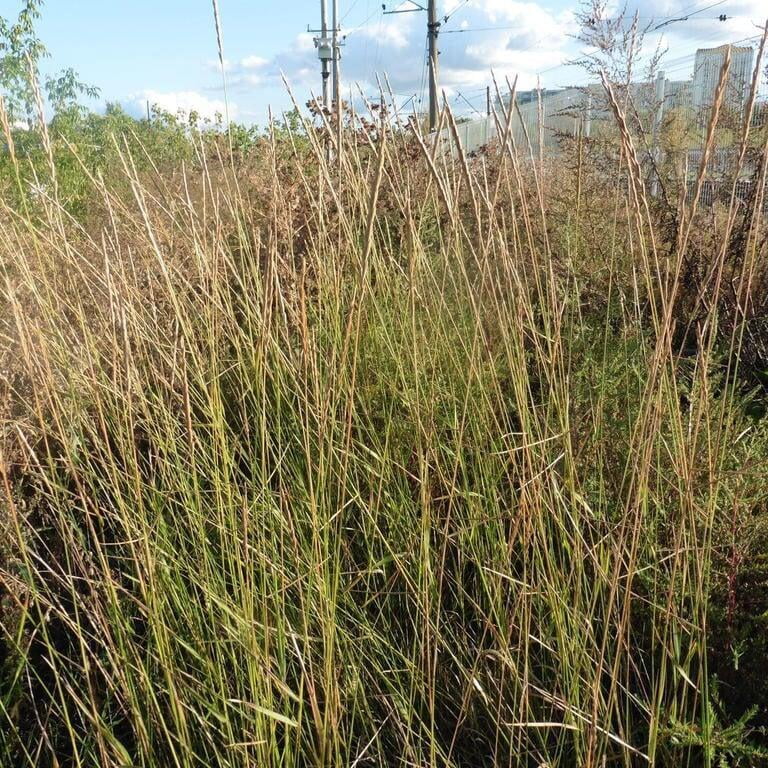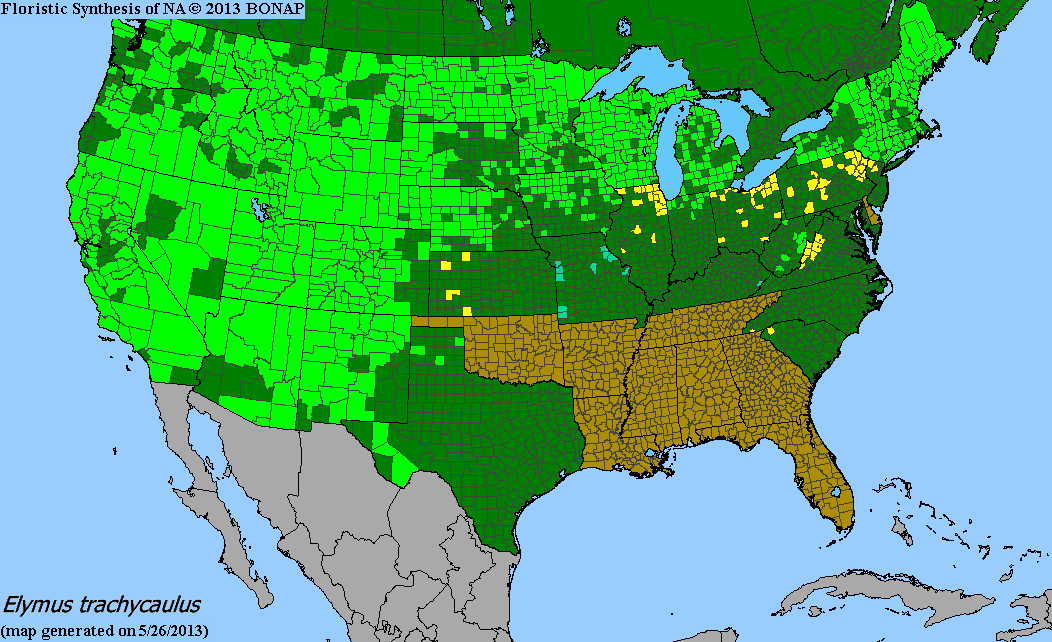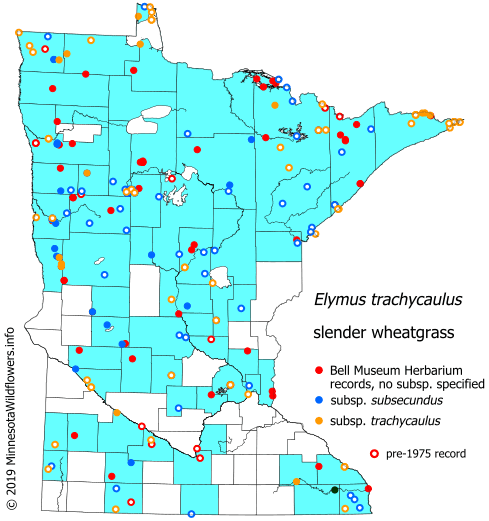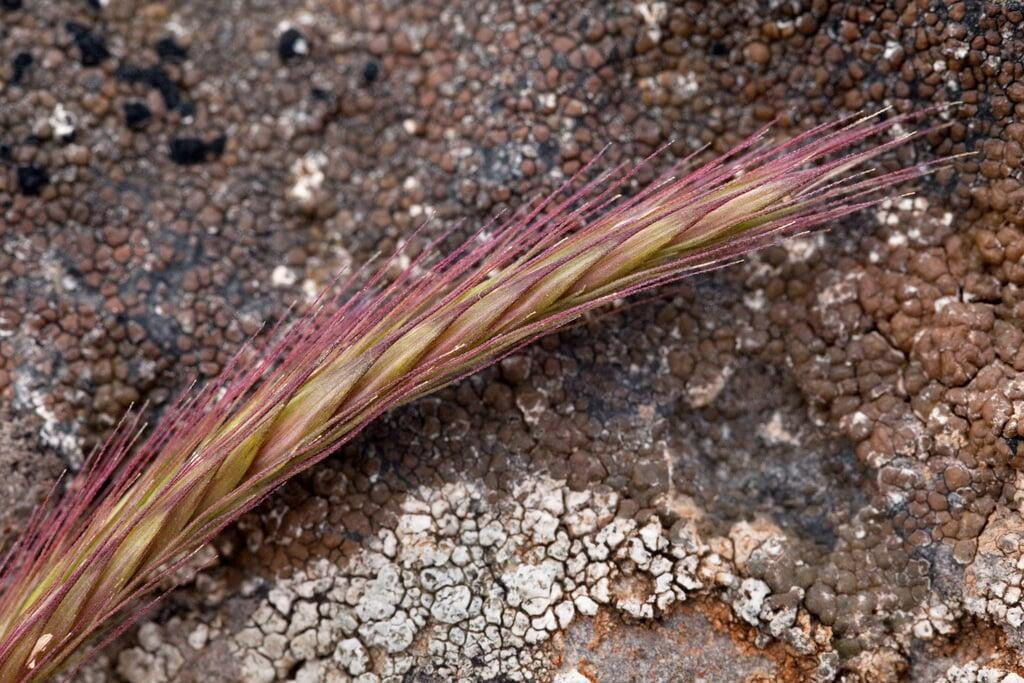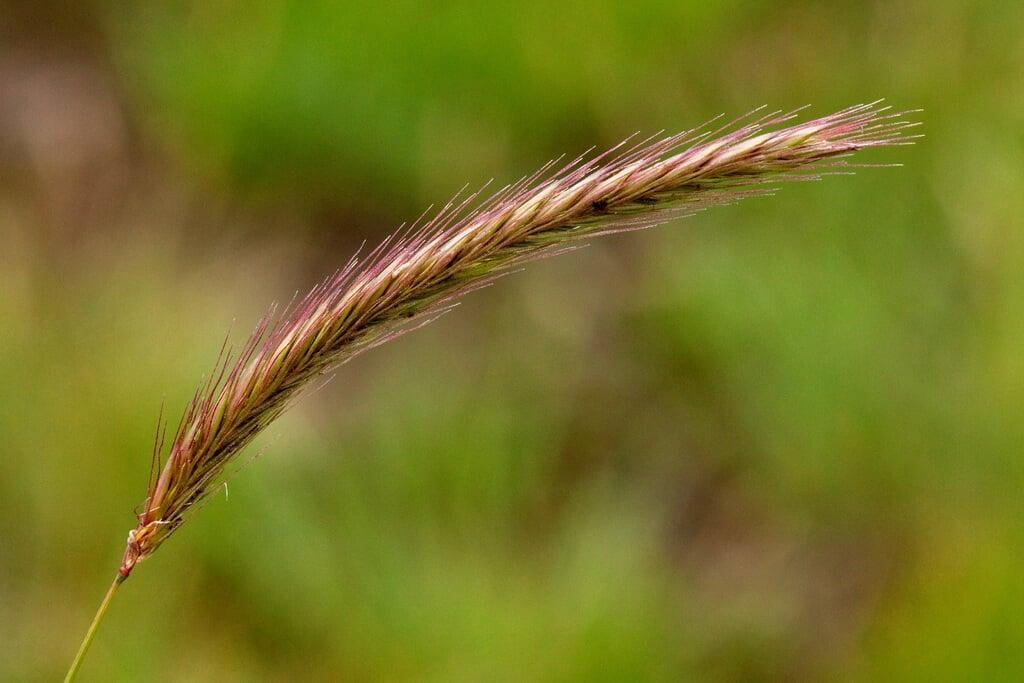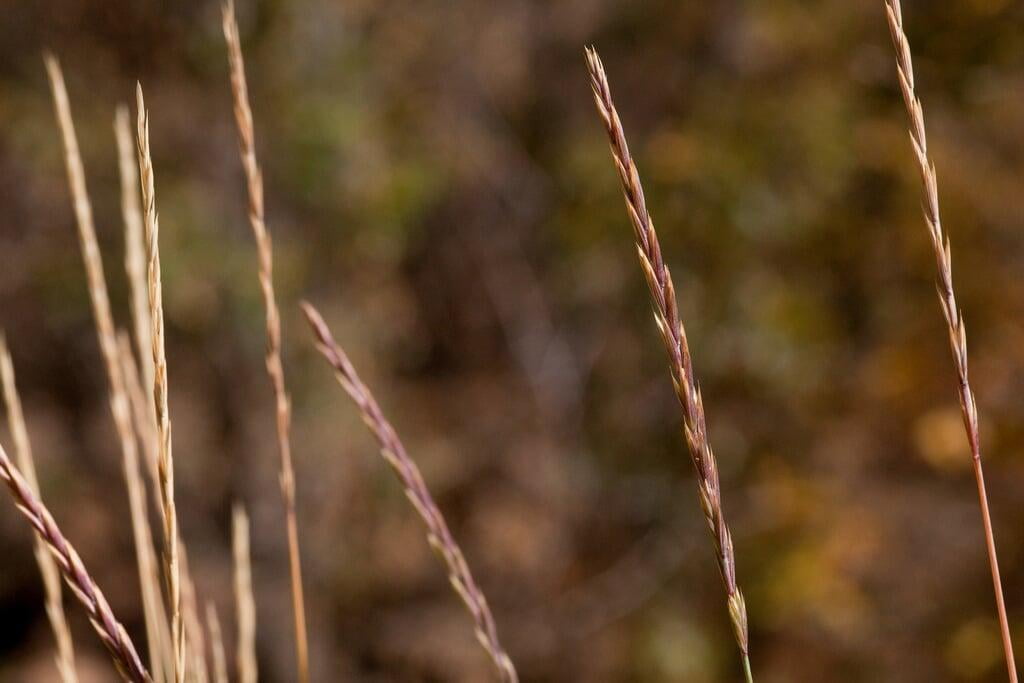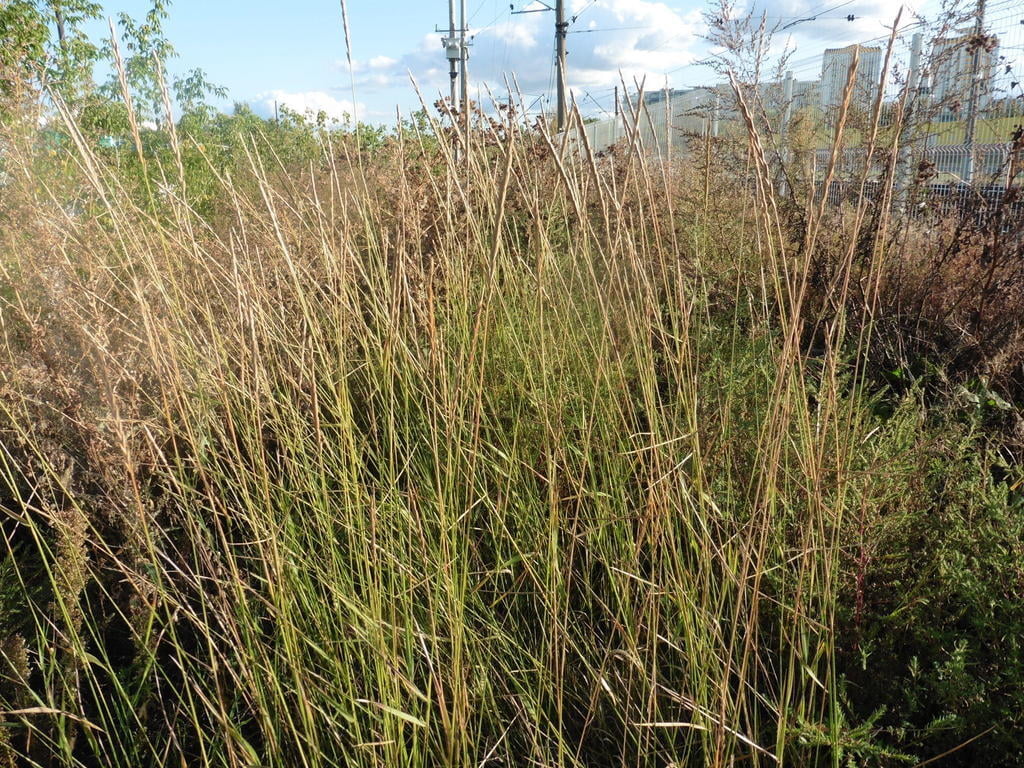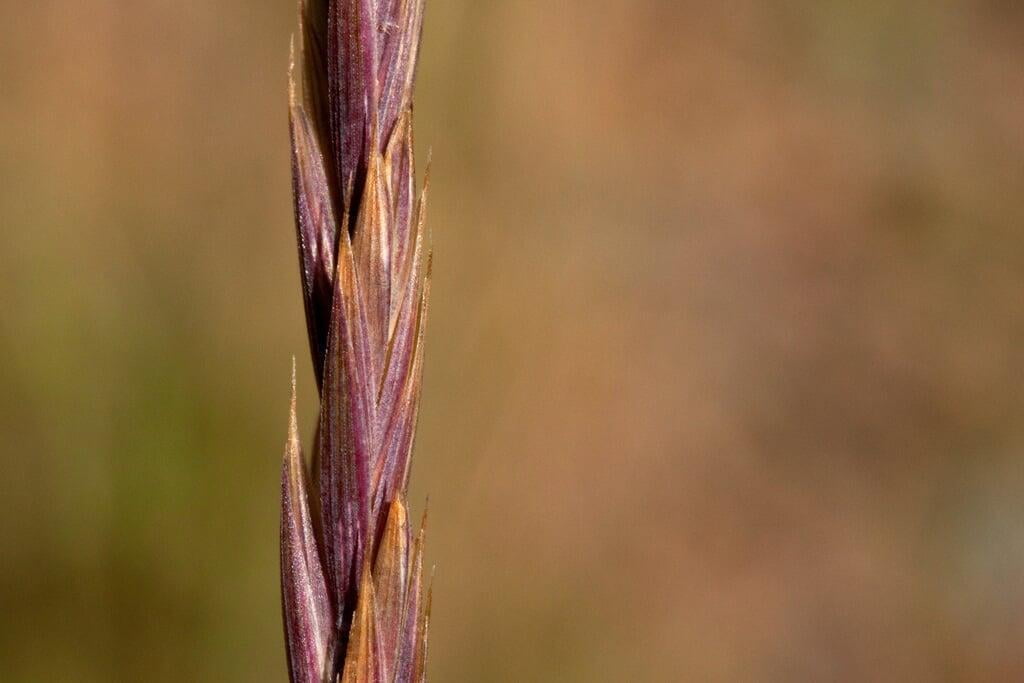Elymus trachycaulus
Slender wheatgrass Description:
Elymus trachycaulus, commonly known as slender wheatgrass, is a perennial grass species that is native to North America. It is a cool-season grass that grows in bunches and can reach a height of 1-5 feet.
The leaves of Elymus trachycaulus are narrow, flat, and usually have a bluish-green color. The stems are usually erect and can be rough or smooth depending on the variety.
The inflorescence of Elymus trachycaulus is a spike-like structure that can be up to 6 inches (15 cm) long. The flowers are arranged in spikelets and are typically small and purplish or brownish in color. The plant blooms in late spring to early summer.
Elymus trachycaulus is commonly found in meadows, prairies, and open woodlands, and it is an important forage species for livestock and wildlife. It has a deep root system that helps prevent soil erosion and can be used for habitat restoration and reclamation projects.
There are several varieties of Elymus trachycaulus, including rough-stemmed wheatgrass, mountain wheatgrass, and bluebunch wheatgrass, which are adapted to different environmental conditions and have different uses and ecological functions.
Native Range:
Slender wheatgrass can be found from coast to coast in the lower 48, however, there is an exception and it is not found natively in the Southeastern United States.
Standard Plant Information:
Plant height: 1' - 5'
Bloom time: July - August
Preferred habitat: Does well in part shade to full sun and average to dry sandy or rocky soil. Often found in prairies, savannas, dunes, shores, forest openings, rocky slopes and rocky outcrops.
Sowing:
For most homeowners, the best option is to scatter seed on the ground by hand broadcasting at a minimum of 15-16 pls lbs per acre. For even coverage, we recommend that you broadcast seed in perpendicular rows across the site to ensure even coverage.
Planting:
Simply dig a hole in the soil slightly larger than the plant’s roots. Ensure that the soil line of the plant is maintained during the transfer (i.e. the plant should be at the same level with the ground as it was in the pot). Pack any loose dirt back around the plant and make sure you water it well the same day to ensure it has the best chance of survival.

